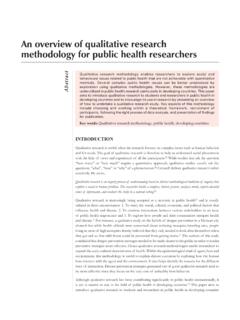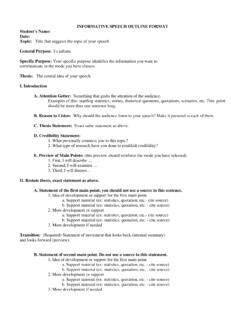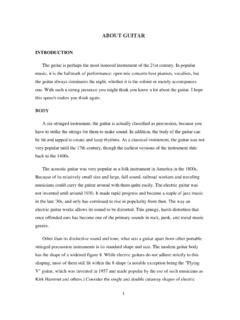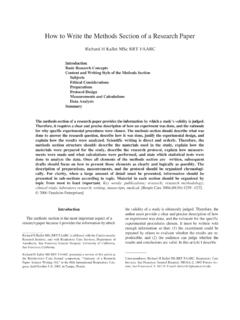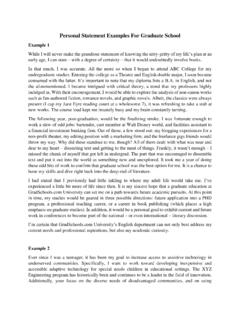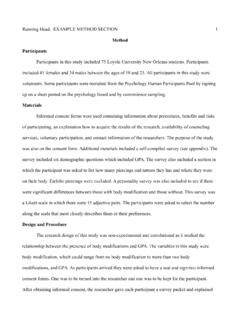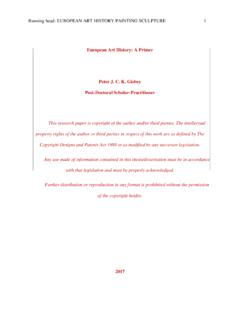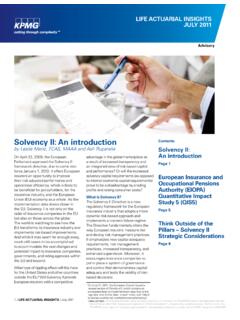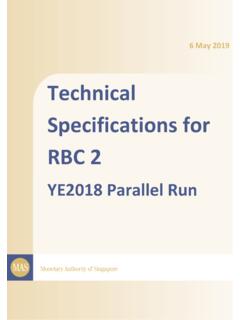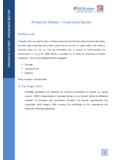Transcription of Presentation Introduction Speech Script | PDF Sample
1 Economic capital presentationSlide 1 (Cover Slide) IntroductionGood initiated the economic capital project three years ago in order to enhance our group-wideplatform for business management. The project was a significant undertaking as it imposedthe strict discipline of a single-yardstick to assess and quantify all of the risks, and associatedcapital requirements, across the have also put in a place a regular reporting process across all of our operations. Theeconomic capital position across the group is a regular agenda item at the Group s Asset-Liability this Presentation I will first describe the high-level objectives behind this initiativeSecond, I will explain some of the key principles underlying the approach that we , I will share with you some of the results of the model, and discuss some of the keyapplications of this important work, in particular around how we manage and allocate capitalacross the 2 - (Three Key objectives)
2 We had three principal objectives for undertaking this , to enhance value seek to create value for our shareholders by allocating our capital where returns on arisk-adjusted basis are most those returns is no trivial operate under a variety of local reserving and capital regimes that do not always providea consistent view of capital at risk. Our economic capital framework allows us to correct forthose inconsistencies and provides us with a more rational, and often differentiated view, ofthe prospective attractiveness of the markets that we operate of course, we intend that this feeds into the performance management , to enhance our risk management Prudential, we deliberately operate as a decentralised group - we firmly believe thatbusiness decisions should be taken by our local people in their local markets.
3 Nevertheless,it is important that we continue to monitor the risk profile of the Group as a whole and have aline of sight into our ensures that as we grow and expand, across markets and products, we continue tooperate according to a single standard for managing and assessing Introduction Speech ScriptFinally, we wanted to be able to demonstrate the financial strength of the Group on aneconomic regulatory views do not always fully capture the risk profile and capital adequacy of aglobal and diversified business like ours.
4 The regulators clearly recognise this and areseeking to use internal models as a component of the Solvency 2 have engaged with the FSA throughout the development of this framework. We have hada very useful two-way dialogue, which has informed our thinking on the whole issue ofdiversification. We also recognise that our ability to realise diversification benefits is limitedby constraints on capital mobility around the dialogue with the FSA is continuing, and we intend to provide them with the detailedinternal models as part of our Group capital Assessment in due will thus only cover the in-force book throughout this addition all the major rating agencies are showing a lot of interest in the use of internalmodels as a supplement to their current processes and we have already had some usefuldiscussions with 3 - (Key Principles)In devising our framework, the principles that we adopted were guided by two things.
5 The need to ensure a sound theoretical framework, as well as the imperative to have apractical approach that can support real business set out three key principles at the start of the project:The key driver of our approach was that we wanted to capture diversification benefits withineach business and across the issue of diversification is an absolutely fundamental requirement, as this is core to ourstrategy as a geographically and product-diverse , we use a multi-period approach in which we model cashflows over the run off of thebooks of primary motivation for adopting this approach is that it suitably captures the nature of therisks that we are exposed to and how we manage them.
6 For example, our exposure to asset-liability risk evolves over time - we manage that through dynamic asset allocation and flexiblebonus and crediting , the risk coverage has to be comprehensive covering all of our risks, financial andoperational, with a clear focus on the major Next, I will walk you through in a bit more detail the implications of each of these 4 - (Principle 1)Turning to diversification and capital the most distinctive feature of our approach is that it allows Prudential to assess theeconomic solvency of the Group on an integrated the core of the model is an integrated scenario generator that we maintain centrally.
7 Wecall it GeneSiS: Generator of Stochastic Investment Scenarios. This model produces a set ofinvestment scenarios that capture all the major financial risk drivers across the Group. Inother words, correlated scenarios for interest rates, equity returns scenarios are produced taking into account the probability of each outcome occurringand the way the risk drivers interact with each example, while global equity markets are highly correlated at times of distress, the sameis not necessarily true for interest rates.
8 Inflation or credit model captures how our business benefits from the diversity of exposure to various riskfactors that do not always move in synch with each scenarios are then fed into detailed asset-liability models of the businesses. Thedetailed modelling produces projections of cash flows and balance sheets for each also, that these business unit models produce stand-alone economic capital analysesthat are used for business unit applications. Our economic capital work is all about businessapplication at both group and individual business unit.
9 (more next page)For each scenario, we can capture whether a certain business generates excess capital thatcan be up-streamed to the group, or conversely whether the business requires a capitalinjection from the bring together the cashflows from each of the individual businesses into the GroupSolvency Model. Also, cashflows from other group activities such as expenses and intereston hybrid financial strength of the Group is then assessed through observing the frequency ofGroup insolvency across all the range of the random scenarios generated.
10 In this context youcan think of Economic capital as the amount of buffer capital that the Group needs toremain solvent in all but very extreme tail is an extreme tail scenario? Given the mix of business we hold, the scenarios that tendto drive our capital requirement are those that have strong falls in one of our main markets UK, US and Taiwan and moderate falls in the remaining two. Extreme behaviour resulting inincreased capital requirements in all three markets simultaneously tends to be rare. So byway of example, capital might be driven by a combination of sharp interest rate rises in theUS, bond losses in Taiwan, and below average investment returns in the UK which reducethe transfers coming out of the 90:10 the moment, the Group Solvency Model covers 80% of our business.
